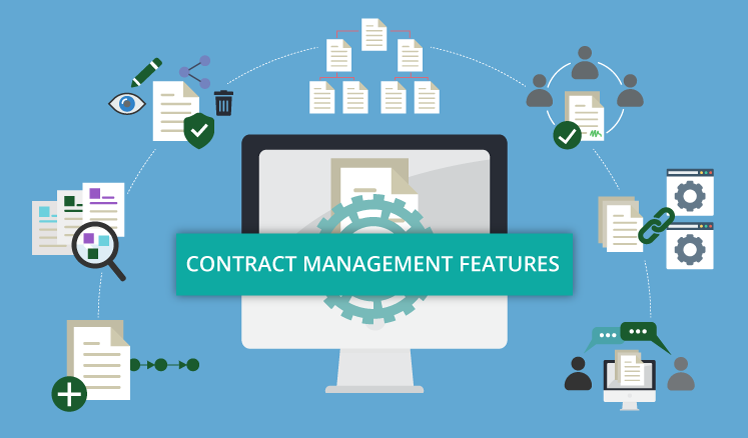A VPAT 508 (Voluntary Product Accessibility Template) will come in handy for businesses because it gives a summary of the company’s business. Once you have a VPAT, it will be easy for the other requirements you need for your business.
In today’s world, business establishments and technology used should be user friendly and that includes those with disabilities. If not suitable for those with disabilities, it can put the company in a serious situation and be given a penalty.
So how do you remove the barriers for it to comply with ADA standards? You can start by making a checklist of the possible barriers that may be in the way.
1. Entering a business establishment or physical barriers.
Is the entrance door safe? Does it have a ramp? Can someone with a disability access it easily? These are some of the questions that an establishment should be able to answer.
As a recommendation, it would be best if you have a route that is accessible or a ramp that can be used to get to the destination. That way, it will be easy for the disabled person to get to his or her destination faster.
2. Make sure to have a proper ramp.
Ramps are there to help those who are disabled, more so those in a wheelchair. Make sure that the ramp you have is properly measured and wide enough to be used. As a support, it would be best to have a railing so that it can help the disabled person quickly to access the ramp.
- Access to the parking lot. Is there a space parked for those with disabilities? Is the parking space wide enough to get down and inside the car? Does it have the international symbol of accessibility? Is the access to the entrance okay?
- Technology barriers – Technology over the years has been a huge help in making people’s lives easy. But while the use of technology has been good, it also has created some concern for those who feel does not help them.
As a way to comply with the ADA, businesses should make sure that the website they use can be accessed by those with disabilities easily. They should also make sure that the products would benefit them a better hearing aid or a good cane so that those who were incapacitated can walk slowly and exercise their legs.
3. Attitude barriers.
Even if there are laws that protect the disabled people, the stigma and stereotypes are still a challenge. There are still some people who make fun of the disabled people and this should be stopped.
Educating people is very important. One can start by informing them of the laws that protect the disabled.
Parents meanwhile can explain and inform their children that just because someone is disabled, it does not mean they are different from them.
4. Communication barriers
This barrier if often experienced by those who cannot hear, read, or have speech issues. To avoid this kind of barrier and be friendly to those who are disabled, gadgets can be of a big help to them.
5. Policy barriers
While there are laws that protect the disabled, sometimes the laws are not enforced because of lack of awareness about the policies. It is very important that those who created the laws must make sure that the policies are followed by the respective offices.
These barriers are just some examples that must be addressed to be ADA compliant. By removing them, not only would it be friendly to the disabled by also saving you from some serious issues.








Add Comment